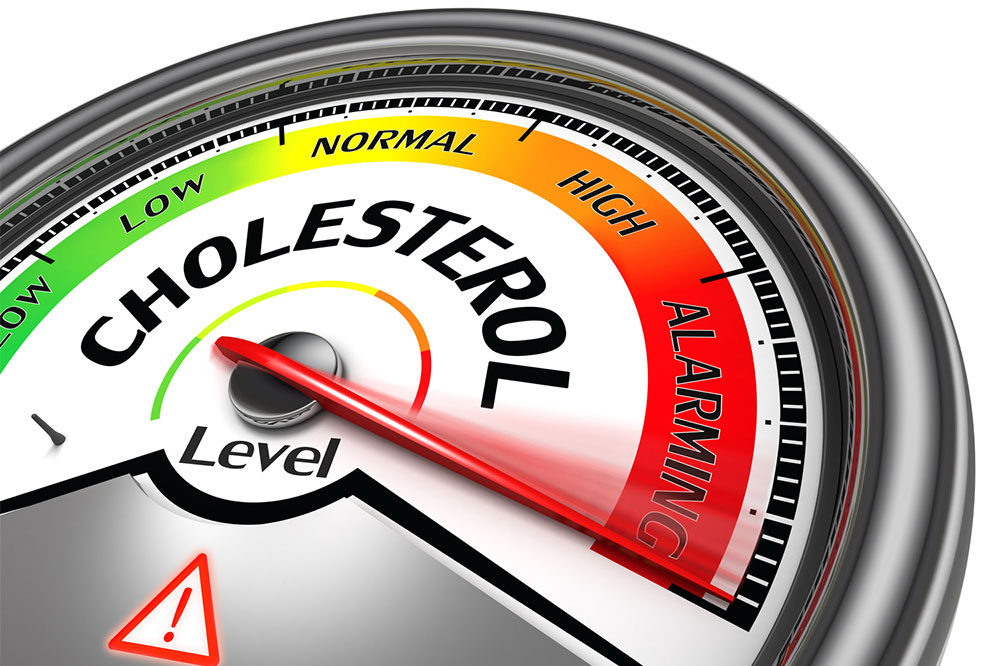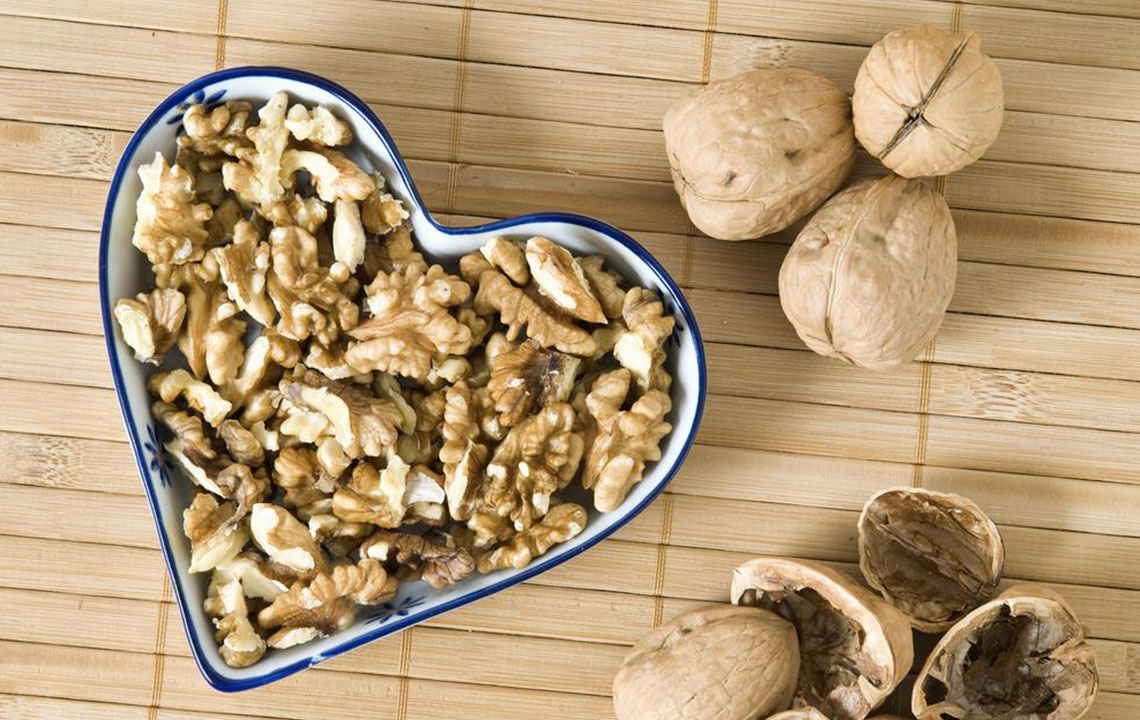Comprehensive Guide to the Top 4 Causes of Elevated Cholesterol and How to Manage Them
This comprehensive guide explores the top four causes of elevated cholesterol levels, including diabetes, smoking, obesity, and unhealthy diets. It emphasizes lifestyle modifications and preventive strategies to maintain healthy cholesterol levels, reducing the risk of cardiovascular diseases. Understanding these factors is crucial for proactive health management and improving overall well-being. Learn how to effectively manage your cholesterol and lead a heart-healthy life with practical tips and expert advice.

Maintaining optimal health requires a balanced approach to lifestyle choices, especially concerning cholesterol management. Cholesterol plays a crucial role in our bodies; it is essential for building cell membranes, aiding in the synthesis of vitamin D, facilitating fat digestion, and producing various hormones such as estrogen and testosterone. However, despite its vital functions, excess cholesterol in the bloodstream can lead to serious health issues, including cardiovascular diseases. Therefore, understanding how cholesterol operates and what factors influence its levels is critical for overall health and disease prevention.
Before delving into the causes of high cholesterol, it’s important to distinguish between the different types of cholesterol. Typically, we refer to low-density lipoprotein (LDL), often called "bad" cholesterol, and high-density lipoprotein (HDL), known as "good" cholesterol. LDL can build up in artery walls, leading to blockages that increase the risk of heart attacks and strokes. Conversely, HDL helps remove excess cholesterol from the bloodstream by transporting it back to the liver for processing and excretion. A balanced level of both is necessary, but issues arise when LDL is elevated and HDL is low, creating an imbalance that predisposes individuals to cardiovascular complications.
Understanding the primary causes of elevated LDL and overall high cholesterol levels is crucial for effective prevention and management. Below, we explore the top four factors contributing to increased bad cholesterol, along with strategies for mitigation and lifestyle modifications to maintain healthy cholesterol levels.
1. Diabetes and Its Impact on Cholesterol Levels
Diabetes, particularly poorly controlled type 2 diabetes, is a significant contributor to dyslipidemia—a condition characterized by abnormal blood lipid levels. High blood sugar levels in diabetics often correlate with increased production of LDL cholesterol and decreased levels of HDL cholesterol. Elevated glucose levels can damage the lining of blood vessels over time, making them more susceptible to plaque buildup.
Research indicates that insulin resistance, a common feature of type 2 diabetes, causes increased synthesis of LDL particles while reducing the activity of enzymes that promote HDL production. As a result, individuals with diabetes frequently experience higher LDL cholesterol and lower HDL, significantly raising their risk of developing atherosclerosis—hardening and narrowing of the arteries. Managing blood glucose levels through diet, medication, and lifestyle changes can help control cholesterol abnormalities related to diabetes.
2. The Harmful Effects of Smoking on Cholesterol and Blood Vessels
Smoking is a well-known risk factor for numerous cardiovascular diseases. It damages the endothelium—the inner lining of blood vessels—making them more prone to inflammation and plaque formation. Tobacco chemicals such as nicotine and tar adversely affect blood lipid profiles, typically lowering HDL levels while increasing LDL and triglycerides. This imbalance promotes the development of fatty deposits within arteries, thus accelerating atherosclerosis.
Additionally, smoking causes oxidative stress, which further contributes to the oxidation of LDL particles—a key step in plaque formation. Quitting smoking can significantly improve HDL levels and reduce overall cardiovascular risk. Incorporating smoking cessation programs, along with a heart-healthy diet and regular physical activity, can help mitigate the adverse effects of smoking on cholesterol and vascular health.
3. Obesity and Excess Body Weight Contribute to Cholesterol Imbalance
Obesity, especially central or abdominal obesity, is strongly associated with dyslipidemia. Excess adipose tissue influences the metabolism of lipids, leading to increased production of LDL cholesterol and triglycerides while suppressing HDL synthesis. A body mass index (BMI) over 30 is often linked with higher levels of bad cholesterol, setting the stage for atherosclerosis and cardiovascular diseases.
Obesity also promotes insulin resistance, which further worsens lipid profiles. The accumulation of visceral fat presses on vital organs and disrupts normal metabolic processes, including those regulating lipid levels. Weight loss through a combination of dietary changes, physical activity, and behavioral interventions has been shown to effectively lower LDL cholesterol and triglycerides, while boosting HDL levels. Achieving and maintaining a healthy weight is thus a vital component in managing cholesterol and reducing heart disease risk.
4. Unhealthy Diets Rich in Saturated and Trans Fats
Diet plays a pivotal role in determining cholesterol levels. Consuming foods high in saturated fats—such as red meats, full-fat dairy products, and processed foods—can significantly raise LDL cholesterol. Trans fats, often found in baked goods, fried foods, and snack items, are even more detrimental, as they not only raise LDL but also lower HDL cholesterol.
The chronic consumption of unhealthy fats promotes the formation of plaques in arteries, increasing the likelihood of heart attack and stroke. Conversely, diets rich in unsaturated fats—found in nuts, seeds, olive oil, and fatty fish—are beneficial for cholesterol health. Incorporating fiber-rich foods like fruits, vegetables, and whole grains can also help lower LDL cholesterol. Making informed dietary choices and reducing the intake of trans and saturated fats are essential steps toward maintaining healthy cholesterol levels.
Strategies for Managing and Preventing High Cholesterol
While genetics can influence cholesterol levels, lifestyle modifications remain the most effective way to keep cholesterol within a healthy range. Regular exercise, a balanced diet, weight management, smoking cessation, and diabetes control are cornerstone strategies. Healthcare providers may also recommend medications such as statins in cases where lifestyle changes alone are insufficient.
Routine blood tests to monitor cholesterol levels are vital for early detection and intervention. Educating oneself about cholesterol and adopting healthy habits can significantly reduce the risk of developing serious cardiovascular conditions. Remember, small consistent changes in daily routines can have a profound impact on long-term health outcomes.
In conclusion, understanding what causes high cholesterol and how to prevent it empowers individuals to take proactive steps toward a healthier life. By addressing factors such as diabetes, smoking, obesity, and diet, and through regular health screenings, it is possible to maintain optimal cholesterol levels and safeguard heart health for years to come.





